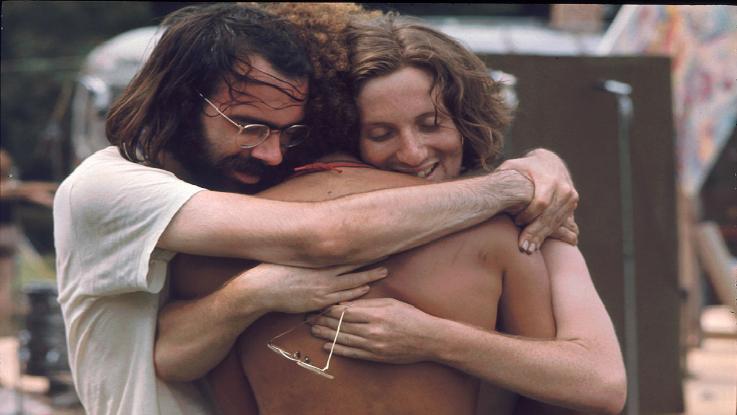
Before Coachella and Lollapalooza, there was Woodstock. In August 1969, half a million people gathered on a New York dairy farm to listen to 32 celebrated musical acts perform for four days.
Widely recognized as one of the greatest American cultural events of all time, Woodstock was a legendary milestone in musical history. Photographs from the weekend of love allow people all over the world to envision the magic of the four-day experience.
Getting the Show on the Road
The Woodstock festival was set to run from August 15 through August 17, 1969, but more than 60,000 people arrived on the grounds days before to set up camp. Congested roads made some artists, like Sweetwater, run late and forced some artists to arrive by helicopter.
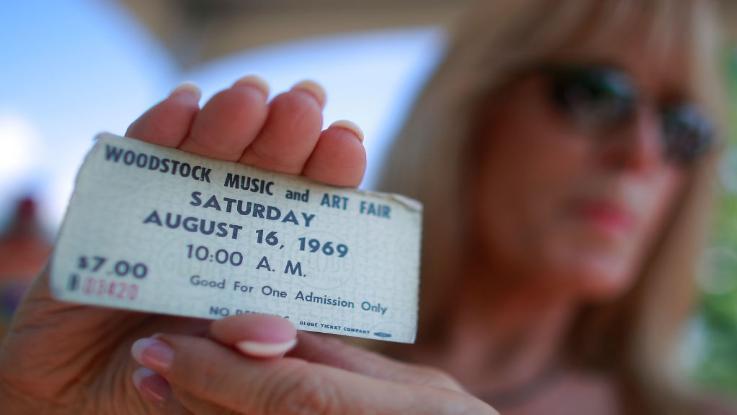
Sri Swami Satchidananda addressed a crowd of around 500,000 on opening day, “overwhelmed with joy to see the entire youth of America gathered here in the name of the fine art of music.” He got the event started with the spirited energy and animated vigor that embodied the festival.
A Couple to Make You Rethink Your Relationship Goals
Although they were scheduled to headline the night before, Jefferson Airplane ended up performing on Sunday morning and again on the final day of the festival. The band offered a serenade to those who were waking up from a weekend of exciting fun.
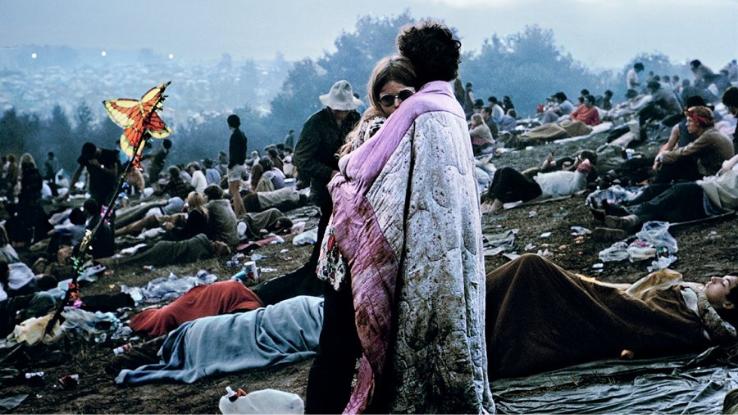
Bobbi Kelly and her then-boyfriend Nick Ercoline were among those enjoying the music that morning. The iconic image of the pair wrapped in a blanket became synonymous with the message of love that became the festival’s legacy. The couple later married and had two children. Talk about a storybook ending!
Imagine Having an Advantage Over John Lennon!
Woodstock fish-eye photos are rare, but this group was able to successfully capture a moment of care-free happiness in the grass. While these guests were probably able to participate in a fair share of the festivities, some musicians weren’t able to secure a spot.
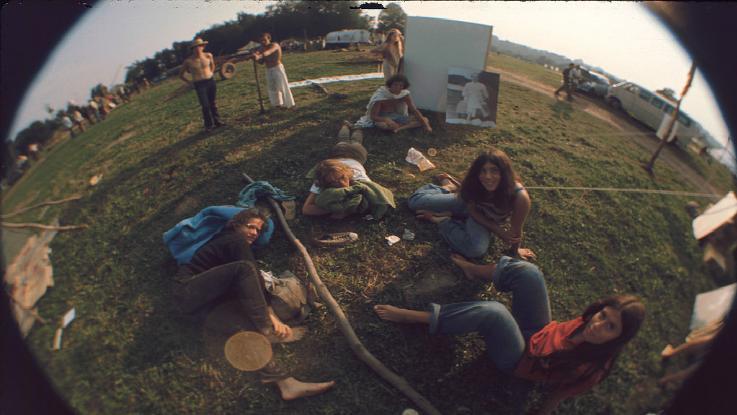
John Lennon’s visa was delayed, supposedly due in part to his anti-war efforts and the Nixon administration. Bob Dylan’s son was hospitalized that weekend, causing Dylan to skip the festival. The Jeff Beck Group split up prior to the festival and canceled their set. Hopefully, no one had too much FOMO that weekend.
A Blonde Truly Having More Fun
The legacy and thrill of Woodstock surprised many and led celebrities like Jim Morrison to regret not attending. German model Veruschka von Lehndorff couldn’t say the same, but she was seen dancing in true festival fashion.
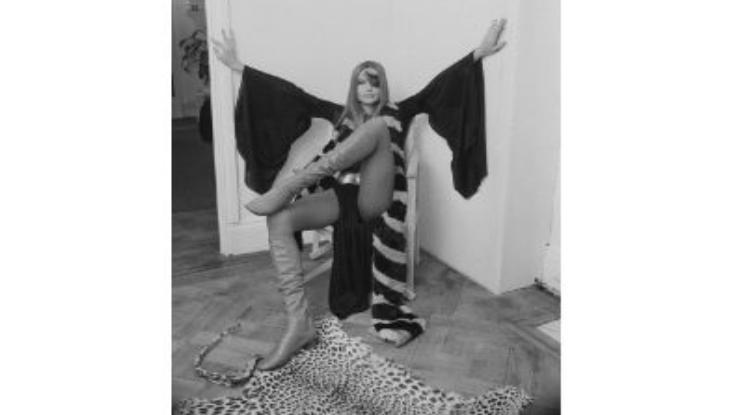
Her 6-foot, 3-inch stature secured her the best view in any crowd, and her multiple Vogue and Life covers helped make her easy to spot. She eventually left the industry after a fallout with the new editor-in-chief of Vogue, stating she wasn’t interested in being bourgeois. Considering her festival outfit, who can blame her?
Facing the Music, One Note at a Time
Don’t forget Woodstock was always meant to be about the music. With legendary acts like Creedence Clearwater Revival, The Who, Santana and Jimi Hendrix sharing the stage, it’s no surprise that attendees had the time of their lives in the sea of music.
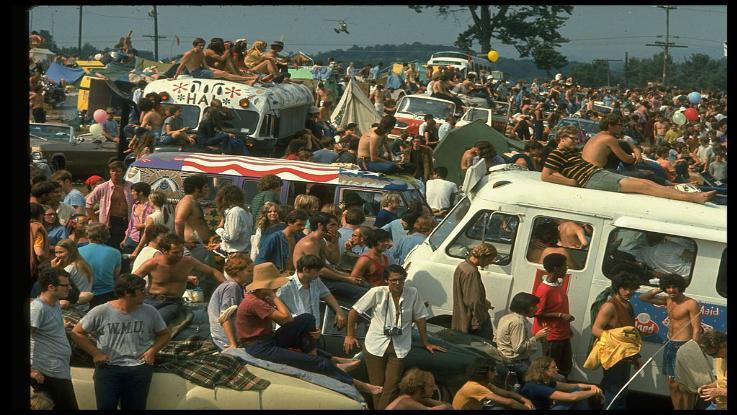
Anyone who has ever been to a music festival understands the energy that flows from person to person in a crowd. Joni Mitchell, who was dubbed “one of the greatest songwriters ever” by Rolling Stone, said the festival was a “spark of beauty where half a million kids saw that they were part of a greater organism.”
I Wanna Rock ‘n’ Roll (and Party) All Night
When the music faded and the lights dimmed, people were in no hurry to settle down for the night. Festival attendees were down to keep the party going, even after the headliners had played well into the night and turned in.
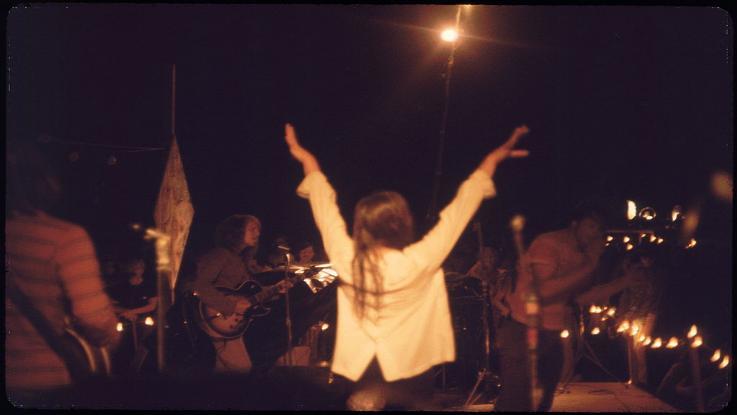
A then-pregnant Joan Baez was the final act on day one, and she didn’t even start her set until 1 a.m. The next night, The Grateful Dead played longer than their set time, cutting into an angry Creedence Clearwater Revival’s time, who didn’t perform until after midnight. Apparently, rock n’ roll has no bedtime!
Peace and Quiet at Last (for Two Hours)
With no hotel anywhere near and thousands of people unwilling to give up their camping spots, sleep was a rarity at Woodstock. Between noon on Saturday and noon on Monday — the core times for the festival — there was reportedly only two hours of silence. Even then, the silence wasn’t complete, as drum circles were common.
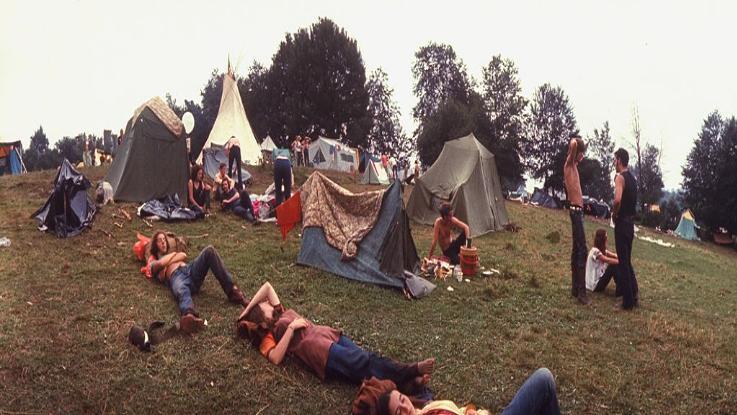
With 32 legendary acts scheduled in one place in a short time, it should have been a given that sleep wasn’t part of the lineup. After all, there’s no rest for the wicked, and festival time seems to run a bit differently than time in the real world.
Falling in Love to Guitar Played by Carlos Santana
San Francisco-based Santana solidified their reputation as one of the greatest Woodstock acts in 1969. Unknown before their performance, they became impossible to forget after taking the stage. At the time, they only had one self-titled album that was released shortly before the festival in August.
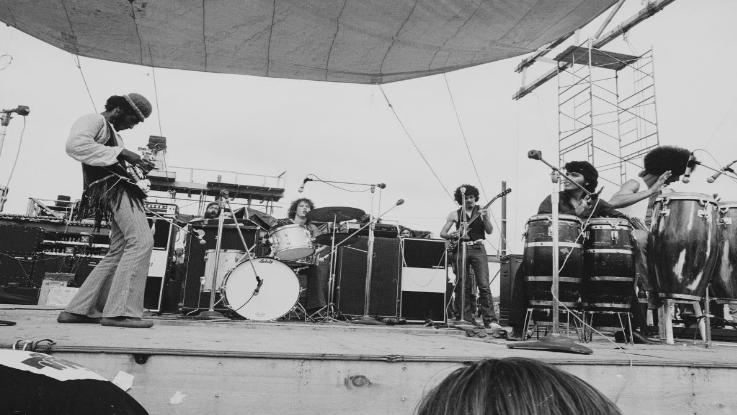
In a festival dripping in rock ‘n’ roll, the Latin group provided a fresh perspective on psychedelic music, transporting the crowd to a place a little south of the border. Their performance on Saturday captured the essence of the festival as they blasted through eight songs with electrifying energy.
All Roads (and Traffic) Lead to Woodstock
In the beginning, it was supposed to be “a weekend in the country.” The concert was originally advertised as “An Aquarian Exposition, Three Days of Peace and Music” in Bethel, New York, 50 miles from Woodstock’s final destination. The name that became associated with the festival came from the group that promoted it.
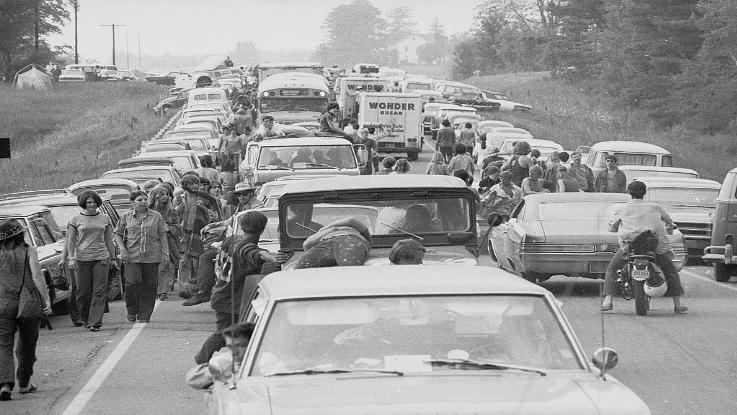
Because of the traffic that came with the hordes of attendees, roads were chaotic. Many people abandoned their vehicles miles from the festival and hopped off buses early, which added to the mechanical dysfunction on the streets. It was the (traffic) jam of the ages!
Stage Fright? A Magical Woodstock Performance
After Sri Swami Satchidananda on day one, Tim Hardin performed and was seen making notes and writing new lyrics, as some hoped. Hardin was known to suffer from wild stage fright and struggled with addiction.
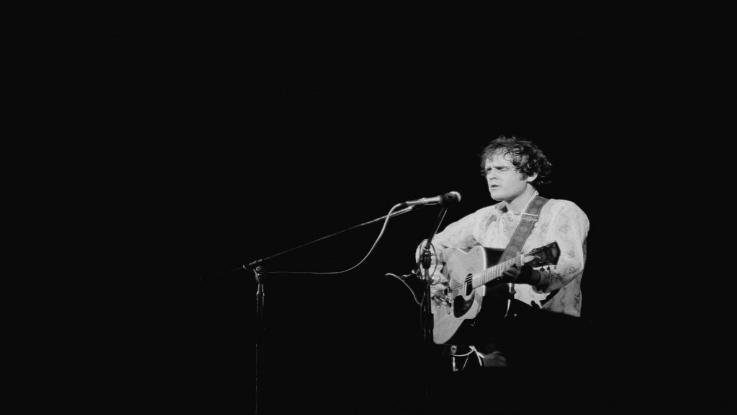
Regardless of his issues, his solo performance of “If I Were a Carpenter” brought joy to his audience in a remarkable way. His Woodstock appearance is considered to be one of his best performances. His personal life began to decline later that year, but the energy of the festival must have given him the boost he needed to give such an inspired performance.
Boho and Leather and Fur, Oh My!
With half a million people in attendance, Woodstock wasn’t big on personal space. Although a sense of caution surrounds events with large crowds, Woodstock was a special weekend that astounded law enforcement. Not one act of violence occurred in the four days, cementing the motto of peace and love.
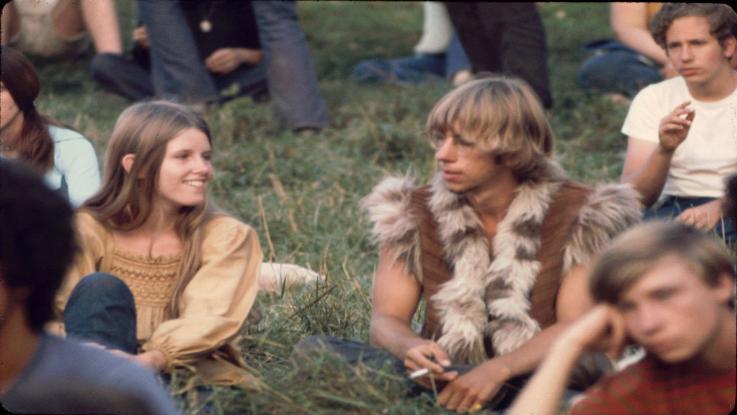
In typical bohemian fashion, natural accessories and crafting were popular around the campgrounds. Headbands, vests, leather and armbands were seen everywhere, and women wore little to no makeup. Accessories from that weekend are still used in festivals today, although they have become more modernized — flower crowns, anyone?
The Pearl and the Festival That Is Her Oyster
Janis Joplin, also known as “The Pearl,” was overcome with happiness upon seeing the crowds that gathered at her stage. At first, she believed the festival to be “just another gig,” but she changed her mind and ended up staying until the end. Her performance rocked the stage on Saturday night.
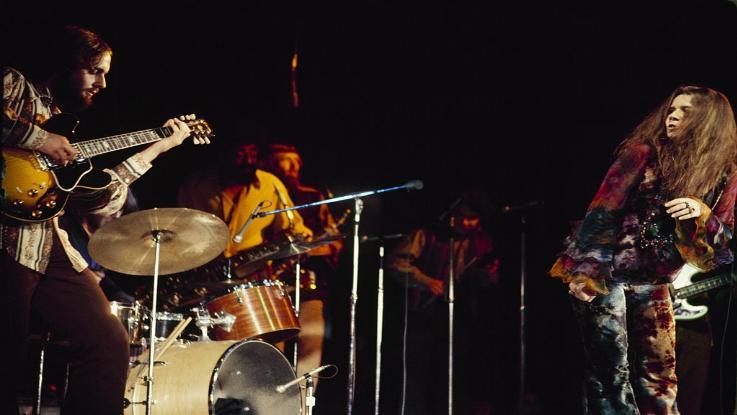
Joplin had left Big Brother & The Holding Company the previous year, and she performed solo at Woodstock. She was one of the artists who arrived by helicopter to avoid traffic. Her set ended at 2 a.m. on Sunday.
Jefferson Airplane & Their Trusty Helicopter
Jefferson Airplane was another act who flew in by helicopter, conveniently timing their entrance to arrive prior to their set time. The group was so in sync that they truly embodied the essence of the festival. They participated in the festival as much as the fans and listened to music during their downtime.
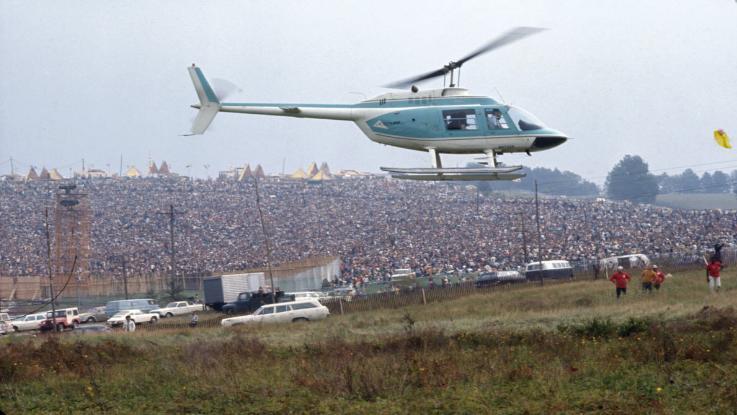
When asked about her experience, Grace Slick said she remembered the helicopter ride the most. Until they were called to perform, she and the rest of the band drank wine and smoked cigarettes with the fans. A band that hangs with the crowd? We dig it!
Peace to All Who Enter Here!
Despite massive crowds and no personal space, festival goers were still genuinely happy to be there. Peace signs were a staple in photos and represented the positive energy that surrounded the space. In the mid-1960s, Woodstock represented counterculture in its purest form, acting against the tension and political divide that was occurring in the United States.
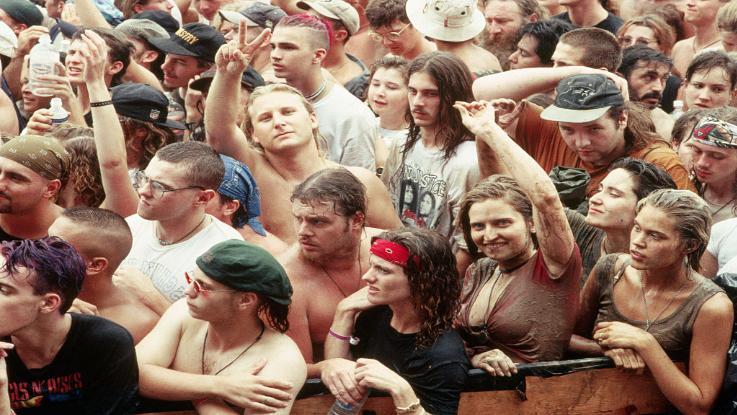
Writer Hunter S. Thompson described the sense of community as “that sense of inevitable victory over the forces of Old and Evil…There was no point in fighting…We were riding the crest of a high and beautiful wave.” High and beautiful, indeed.
A Family-Friendly Affair
Not many people picture Woodstock as a family-friendly event. Away from the packed crowds, however, people of all ages listened to the music brought to them from every corner of the world. Children were gifted with experiences and stories that affected them the rest of their lives.
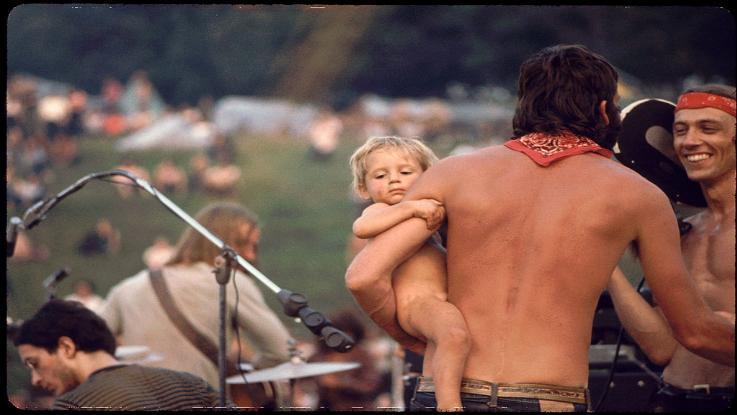
Ken Babbs, a former marine and member of the Merry Pranksters, was photographed with his son in the midst of the excitement. The Merry Pranksters’ founder, Ken Kesey, who also wrote One Flew Over the Cuckoo’s Nest, left the group before Woodstock’s debut.
Glitz and Glamour — and a Little Something for the Kiddos
One of the more interesting displays at Woodstock happened on the free stage, with Ken Babbs in the crowd, and wasn’t by a musical act. The puppet show was an event where performers were allowed to display anything, including jester and reptile puppets.
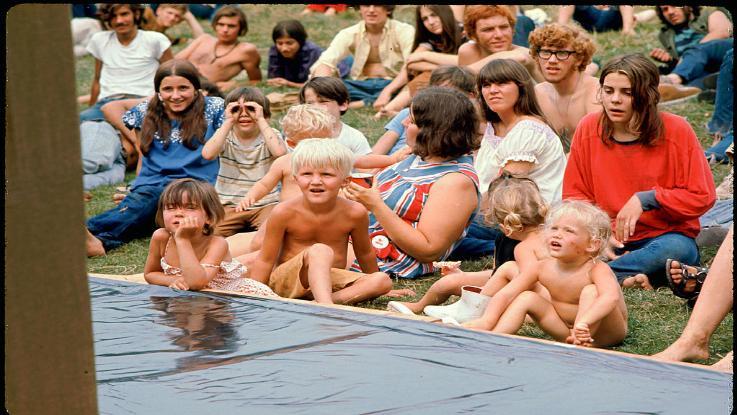
Plenty of kids got to experience the Woodstock magic, and two babies were born that weekend not far from the festival. One was born in a car during a traffic jam (on their way to the festival, no doubt), and the other was helicoptered to the hospital.
Music as the Food of Life
Communal living wasn’t a foreign concept in the 1960s and 1970s. Woodstock went through extreme food shortages, but in the true spirit of the festival, people bonded over shared plates, and stands were set up that allowed everyone to grab a piece of the pie.
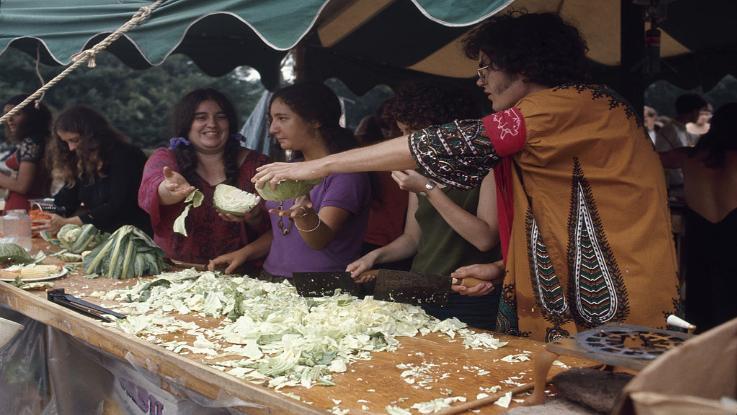
Woodstock organizers were required by law to provide medical supplies, food and water to prevent any issues among the crowds, and that sometimes meant rationing supplies for thousands, potentially creating a dangerous situation. After three days of nonstop dancing, singing and sleep deprivation, that wasn’t a smart call on Woodstock’s part — but they lucked out.
A Weekend of Love with Just a Hint of Danger
When it came to organizing half a million people and keeping volatile situations under control, Woodstock security wasn’t exactly tight, and the massive crowds made working security a bit tough. Climbing scaffolding was an issue, as people were willing to risk anything for a better view.
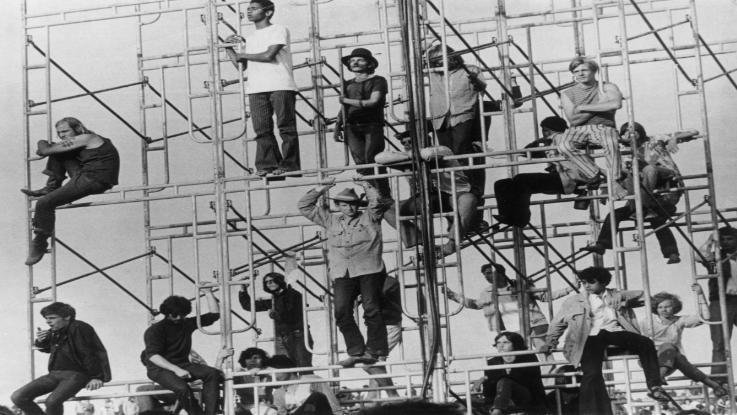
Although there were certainly no violent crimes that weekend, three people did die — two from apparent drug overdoses and one from trauma after a tractor ran over him in his sleeping bag in a nearby field. Unfortunately, in a space where everyone seemed to be having fun, danger did have a way of creeping in.
A Place Where All Were Welcome
The festival originally had a ticket cap of 100,000. Promoters grew worried, not because they were afraid they wouldn’t sell out, but because demand far exceeded the projected numbers. Tens of thousands of people showed up days prior to the event. Although it cost $2.5 million to organize, the festival only made about $1.5 million.
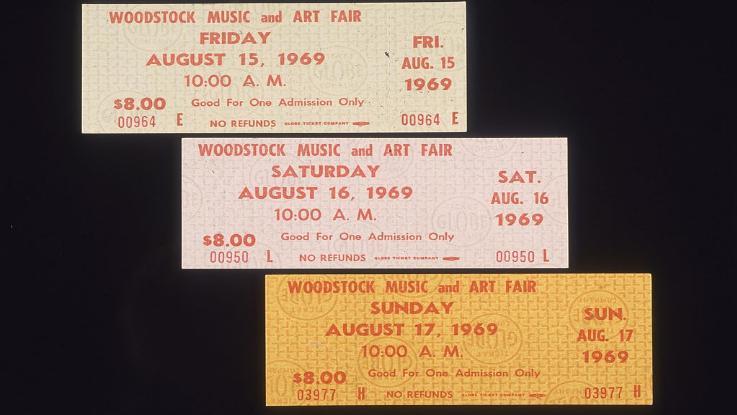
Once they realized festival fans were a force to be reckoned with — and one that couldn’t be stopped — the promoters announced the festival would be free to all. That must have been a huge relief for those who procrastinated on buying tickets.
Feeding Half a Million Is Even Harder Than It Sounds
Hot summer days and festivals equal a lot of hungry people. The lack of food caused disruptions at times, and people were lucky to grab a plate at the makeshift tents. The festival was a mass promotion of peace and anti-war, but the U.S. Army saved the day when it flew in supplies to feed the hungry festival attendees.
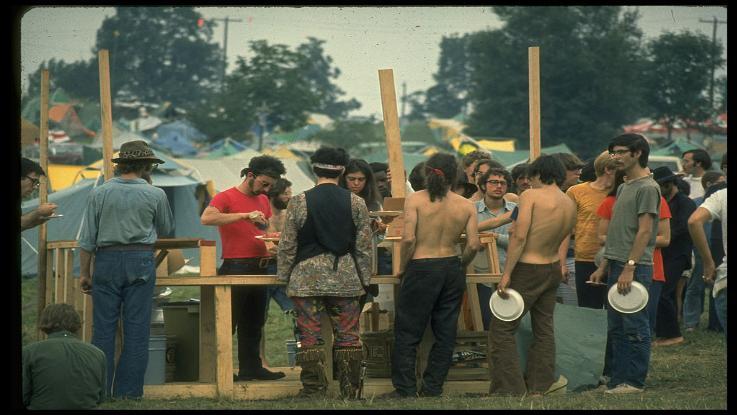
Nuns were employed by the Jewish Community Center in Bethel to distribute and serve 200 loaves of bread, 40 pounds of cold cuts and two gallons of pickles. Many prayers of thanks were no doubt sent up to the heavens that day.
Food Wasn’t the Only Thing on the Choppers
Lavender shirts at Woodstock were beaming lights of hope and healing for those who were having a bit too much fun. Makeshift tents housed volunteers who treated many types of ailments, most of which were related to drug use.
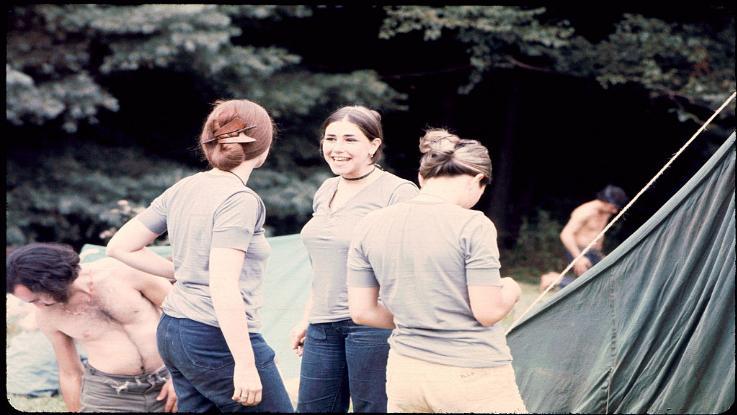
When the U.S. Army choppers arrived at the festival with food, they also flew in a number of doctors to help treat burned out fans. The choppers seemed to unsettle people with governmental distrust, but they were told, “They are with us, man. They are not against us. Forty-five doctors or more are here without pay because they dig what this is into.”
Grab a Newspaper to Break Up the Partying
Although most of their time was spent immersed in music, some people took breaks to read newspapers and keep up with the outside world. Some headlines read “Traffic Uptight at Hippiefest” and “Hippies Mired in Sea of Mud.”
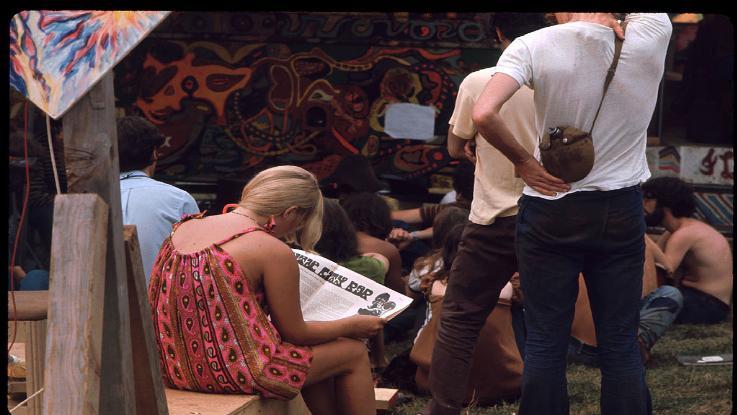
New York editors especially liked to intentionally report negative articles to sway the public’s view. One writer admitted he was pressured by his editor. This all changed when parents called the publications and accused them of writing misleading articles because they knew their kids were fine and having a great time.
The Incredible Mascot That Appeared First in Line
The flying pig emblem, as shown on clothing and other signs, was a symbol of the anti-war movement. “Pigasus” was a presidential nominee in 1968 and often showed up throughout the festival.
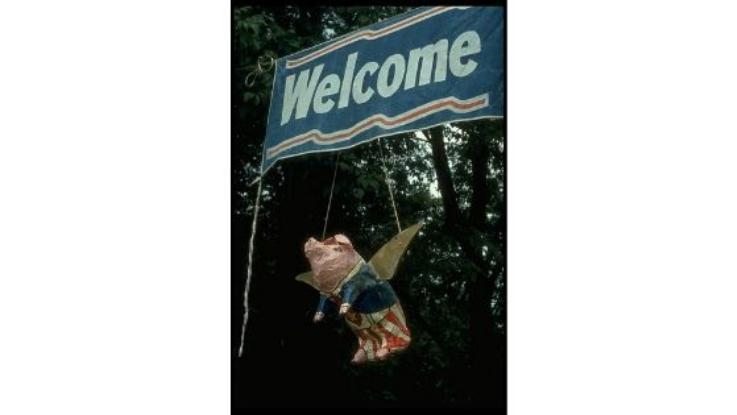
Pigasus was nominated by “Yippies,” and seven people were arrested at the Democratic National Convention in 1968 when they attempted to announce his candidacy. One claimed that an officer spoke to him while he was in jail and said, “You guys are all going to jail for the rest of your lives — the pig squealed on you!” Those arrested that day were later called the “Chicago Seven.”
In the Heat of the Moment (or the Car)
With the unimaginable traffic standstills on the way to the festival, it’s no wonder that many cars were left abandoned along the roads. Some people chose to hitchhike and didn’t mind the poor conditions, such as crammed into the tight space of an open trunk.
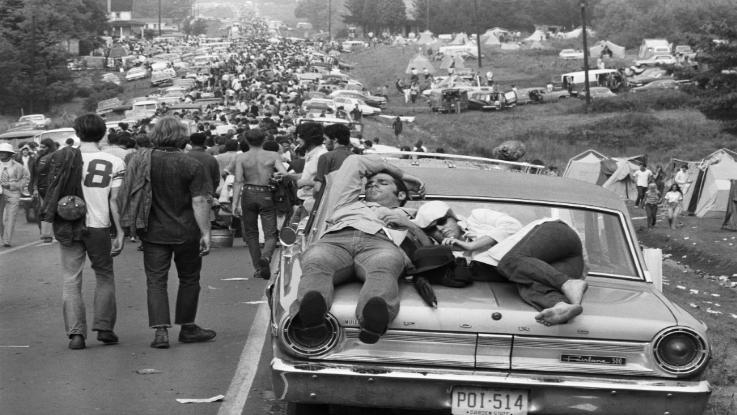
Only about half of the cars produced in 1969 had air conditioning, which was a perk that helped those owners handle the humidity of that August. In the heat of the cars and under the blazing sun, most people obviously preferred to be in the presence of their favorite bands, rather than in the trunk of a car.
They Say Legends Never Die — But It Was Close
The Grateful Dead’s performance was met with disappointment, as their set consisted of only five songs but lasted a boring 90 minutes. Equipment malfunctions created long breaks between songs, and the audience wasn’t happy.
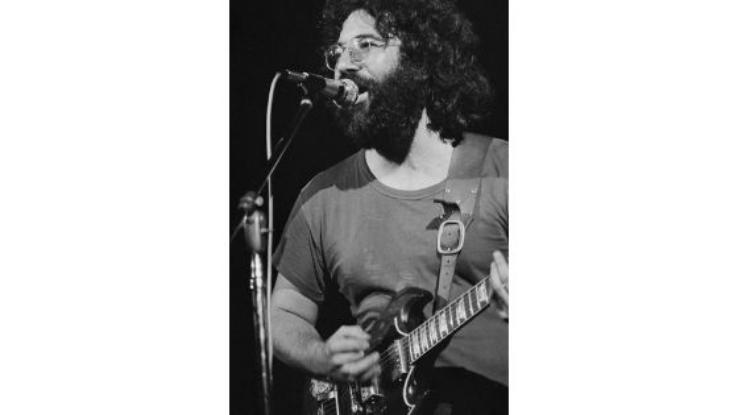
Owsley Stanley, the band’s sound technician at the time, had put together a wild sound system that posed a serious safety threat when rain flooded the stage. The band was at risk of electrocution, and front-man Jerry Garcia could have been struck with a real problem that night (pun intended).
Music That Literally Made the World Go ‘Round
Although it was originally meant to minimize wait times between bands, the revolving stage setup was a disaster. The English pop group The Incredible String Band was photographed performing on it. The band ended up being one of the few to successfully utilize it.
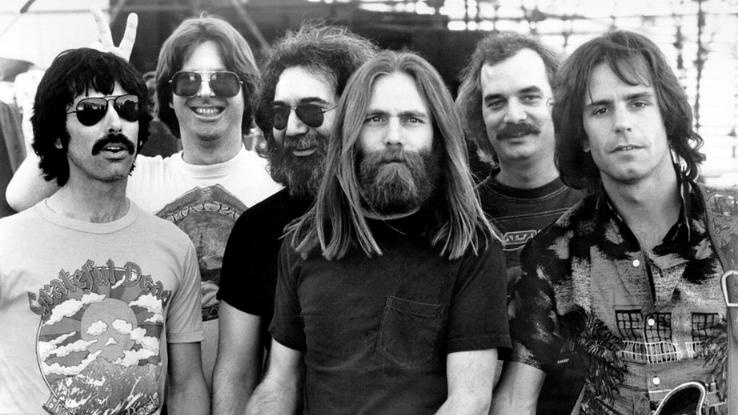
The Grateful Dead’s massive sound system almost crushed the stage entirely and caused the wheels to come off. One Woodstock crew member brought up another valid problem with the stage when he said, “Grace Slick and Janis Joplin and everybody were standing on it, and you can’t just sweep them off with a broom.”
One Governor’s Near Costly Mistake
It might be difficult to imagine the sea of fans and the amount of space they took up on a dairy farm. The population of the festival was comparable to the third largest city in New York, which worried government officials.
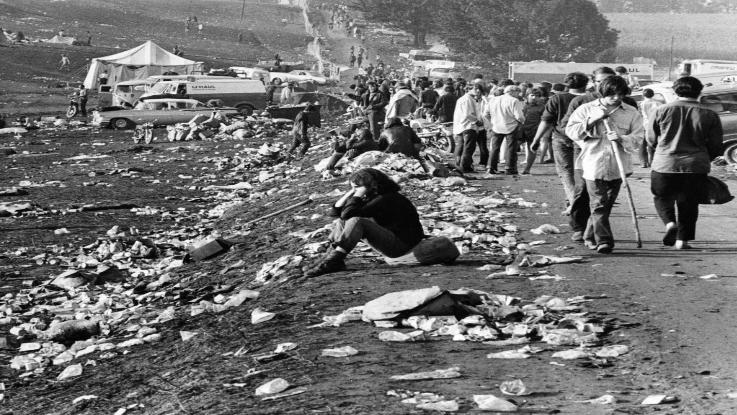
The Governor of New York at the time, Nelson Rockefeller, declared the concert a disaster zone, despite its success. With hundreds of thousands of partying people on the loose, Rockefeller wanted to shut down the festival completely, but organizers negotiated with his staff to send in the National Guard instead. Talk about crisis averted!
Going Far Out to Make a Statement
One of the most photographed people at Woodstock was a woman whose name wasn’t even recorded. The strikingly beautiful blonde made a statement with her lack of undergarments and handmade-looking clothing. Her style truly encapsulated the era.
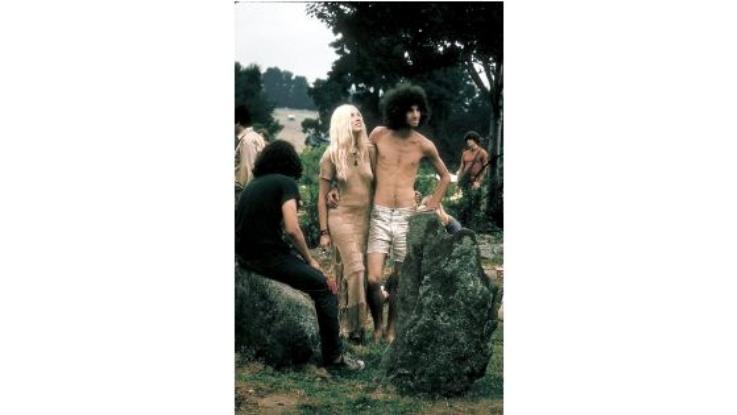
Beautiful people (slang for hippies) were everywhere, of course. Melanie Safka performed her song “Beautiful People” twice that weekend — once on stage on the first day of the festival and another time for security guards who wouldn’t let her enter without a performer pass. The performers knew how to have a good time, much like the fans.
The “Almost” Headline That Never Was
Ravi Shankar only performed three songs during his set at Woodstock, as he was unconvinced by the peaceful theme of the festival and the young kids in the audience. He exposed the divide between Hare Krishna and the hippies, almost as much as being out in the rain did.
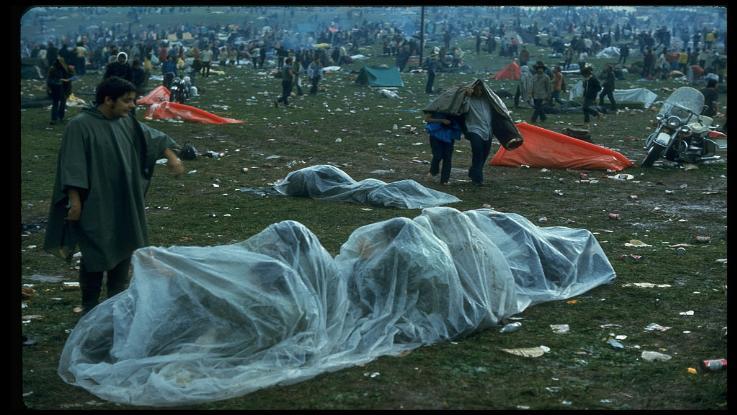
The rain that eventually doused fans also posed a huge threat to musicians, who were in danger of being electrocuted in the middle of all the electronic equipment. Alvin Lee of Ten Years After claimed to have no such fear, saying that being electrocuted would help “sell lots of records.”
Some Like It Dirty, Others Like It Muddy
While the stragglers who got stuck in traffic managed to save themselves from the thick mud that engulfed the campgrounds, those who stayed with their cars were trapped in the miles of lonely vehicles. It’s believed that more than 1 million people never made it to the festival because of the traffic jam.
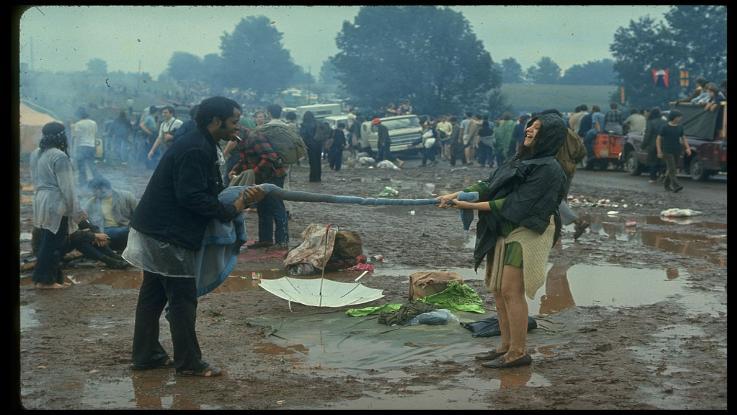
Companies probably got plenty of calls on Monday morning about “sick” employees, as the festival ran a day longer than originally advertised. The final acts who were scheduled for Sunday night ended up performing on Monday morning, so it was really a win-win.






